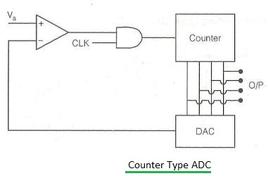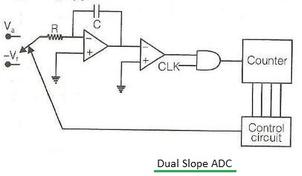ADC Dynamic Range: Definition and Equations
Advertisement
This page covers ADC Dynamic Range, providing a definition and relevant equations. Dynamic range refers to the nominal input power range over which a radio receiver functions efficiently.
In simpler terms, it’s the range in decibels from the receiver’s sensitivity level to the input level that yields maximum output. The difference between the sensitivity level and the 1dB input compression point is also considered the dynamic range of the receiver.
For Analog-to-Digital Converters (ADCs), this concept is described below with the associated equation.
ADC Dynamic Range Equation
ADC Dynamic range = 20 * Log (2n - 1)
Where n is the number of bits used to represent the analog signal.
Essentially, dynamic range is the ratio of the largest to the smallest possible signals that can be resolved by the ADC.
Maximum Signal-to-Noise Ratio (S/N)
The maximum Signal-to-Noise Ratio (S/N) can be approximated using the following formulas:
Maximum S/N = 20 Log ( 2n- 1 * SQRT(6))
Or, a simplified version:
S/N = 6.02n + 1.76 dB
Advertisement
 RF
RF






